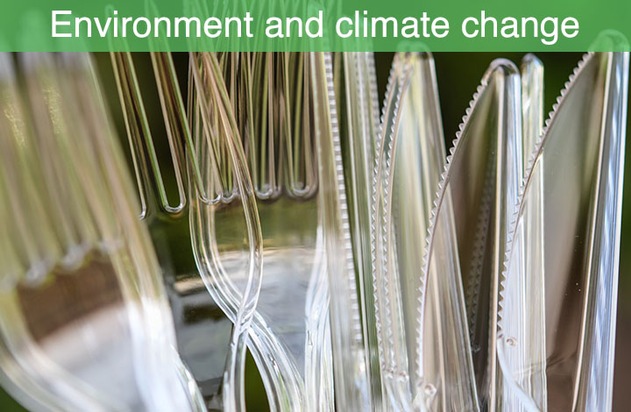Plastic waste: the fight against an omnipresent problem
Modern life would be unthinkable without synthetic materials. Toys, electronic devices, fashion accessories and kitchen utensils - plastics are everywhere. According to the European Commission, around 49 million tonnes are brought into circulation in Europe every year. Worldwide, around 322 tonnes were produced around the world in 2015. And the Commission expects the amount to double over the next two decades.
The growing production of plastics also means more plastic waste and an increasingly heavy burden on the environment. Every single year, around 26 million tonnes of plastic waste are created in Europe. A large part of it is made up of single-use plastics - packaging and disposable products such as straws, cutlery or cotton buds. According to the European Commission, single-use plastics account for almost 40 per cent of the total European production.
However, not even a third of all plastic waste is collected for reprocessing - and even less is actually recycled: in Europe, the annual amount is as low as two to three million tons a year. The EU is therefore banning single-use plastics from 2021. One of the main aims of the ban is the protection of the oceans, which is where many plastic items end up if they aren't properly disposed of, collected or recycled.
The amount of plastic waste generated in the individual member states is shown in the following graphic:
[Attention: These images are intended exclusively for editorial use in connection with the current coverage and may be used only when using the copyright notice "Photo: dpa".]


